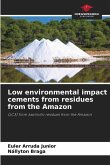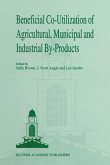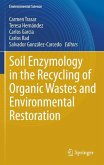In 2011, about 563 M t of biomass was available in the European Union to produce energy in the form of heat, electricity and steam, which could be potentially used to replace fossil fuels. Finding ways to utilize these materials, which also include agricultural residues, in the form of valorization to produce energy is an important research area. Many tests have been carried out to valorize agricultural residues with established technologies, such as incineration, which is widely used in the valorization of waste and with new, advanced processes, like pyrolysis and gasification. The increasing generation of agricultural residues and the problems attached to the disposal of these residues led to a higher interest in implementing Waste-to-Energy (WtE) technologies. In this thesis, the three thermal treatment methods, incineration, pyrolysis and gasification, are introduced for the valorization of olive, nut and grape residues to propose a recommendation of action as an alternative for their disposal and instead utilize them as renewable energy source.








